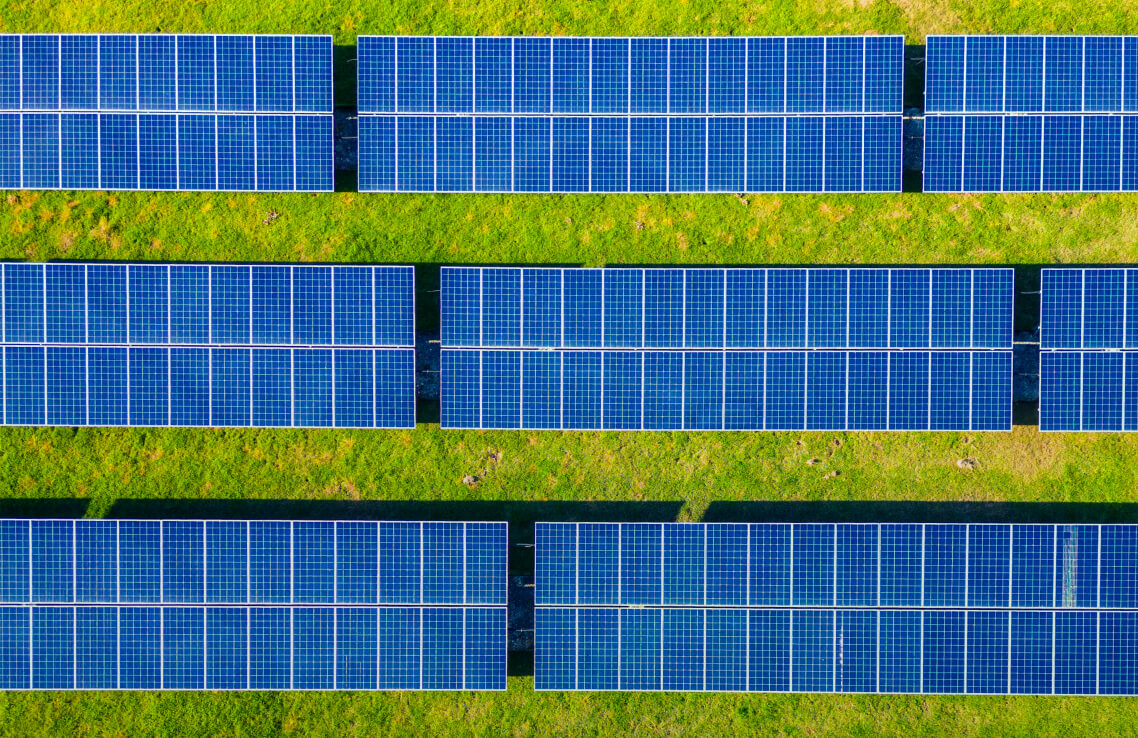Brazil produces almost 7% of the world’s renewable energy and is a global leader in biofuel and hydropower technologies. The country’s historic reliance on hydro for power generation is changing as market reforms have incentivized investment in PV, wind, and bioenergy.
Private equity has been focused on energy transition and clean industries, but carbon tech is now moving up the agenda. Investment in the Brazilian electricity sector is expected to reach $94 billion by 2029, including utility-scale generation, distributed generation, and transmission projects.
The M&A Community, in association with iDeals, convened a panel of renowned experts to discuss what is happening in the Brazilian energy market right now and to share their insights into the opportunities that lie ahead.
Below is a summary of the discussion chaired by Raphael Niemeyer.
Brazil’s conversations about energy are focused on energy transition, decarbonization, and the opening up of the market, but what is currently happening in the Brazilian energy sector?
Last year, PSR’s study for the World Bank looked at Brazil’s energy sector and concluded that the country is in an ideal position to decarbonize.
Brazil has a single national transmission network, extensive hydroelectric resources, excellent wind and solar potential, and a vast coastline, natural advantages that other countries lack.
With a small question market over potential market interventions, our view is that Brazil’s energy transition offers significant business opportunities.
We’re already used to diversified power generation in Brazil, but the sector has been heavily subsidized. How can we ensure that new technologies are financially viable?
Energy transition has become big news for us and there are several possible approaches. Electrification is one, as is renewable energy, but we would argue that energy efficiency has to be the first priority. Then we can look at bioenergy, green hydrogen, carbon capture, and other options appropriate to each region.
As Rafael mentioned, almost half Brazil’s energy matrix is already renewable. After starting with hydro, we successfully added wind and solar and there is now great potential for hydrogen, storage, and offshore wind.
How does BNDES see the future for Brazil’s renewables?
If we compare this scenario with the EU’s ambition for 50% renewables by 2030, we clearly have breathing space, though we can’t afford to be complacent or other countries will overtake us.
We need to identify demand and policy incentives and develop new ways to finance them. And BNDES, as a development bank, should take the lead, as we did for wind.
Carbon credits are a way of indirectly rewarding certain activities, as are energy efficiency certificates. What is CCEE’s role in this?
As the Brazilian energy market operator, we’ve been supporting certification initiatives for several years now and we’re just piloting one for energy in hydrogen production, which we can tailor to meet the client’s needs, including to meet any international standard.
We’re also partnering some initiatives in Renewable Energy Certificates, and we’ve launched a central hub, “a platform of certification platforms,” which could potentially be used for international certification as well.
With 92% of last year’s energy consumption met by renewable energy, Brazil is clearly ahead of the field but we need to ensure suitable market conditions if this trend is to continue.
As well as discussions of ways to promote new technologies and energy sources, CCEE is working on opening up the market by using new contracting mechanisms such as capacity auctions.
How much value does energy transition and decarbonization truly add to a product, and how far is the market willing to pay a premium for it?
We’re already seeing some companies taking voluntary measures, such as Scania announcing it will use green steel for its trucks, something that Brazil can already produce competitively.
Then the EU’s CBAM (Carbon Border Adjustment Mechanism) is going to tax imports based on their carbon footprint which could give Brazilian exporters a competitive edge if their production process is cleaner than that of, say, an Asian exporter. So the demand is already there.
What opportunities are there for exports?
BNDES has a role to play in developing funding mechanisms for emerging technologies that involve higher risks but have promising futures.
Further down the line, there will be a huge global market for sustainable aviation fuels, which Brazil already produces, so we could become a major player in this market.
One thing we do need to do is improve our international image. If we can drastically reduce deforestation, our other advantages will become more credible, and this will help our energy transition.
Talking about deforestation, could we use carbon credits to pay for the maintenance and restoration of forest areas? Is there a role for BNDES in that?
We’re still finalizing our strategy but the bank will definitely continue to support the development of a carbon market, both regulated and voluntary measures.
The message I really want to get across is that we need to seize this opportunity to transform our potential into actual opportunities and development. If we think beyond just exporting energy, Brazil could also contribute to the global energy transition, for instance by exporting hydrogen.
We should explore the potential for electrification e.g. for transport, and produce more green products, both for domestic consumption and export. We need a strategy and we need the right incentives.
We have to understand our strengths and fight to be as competitive as possible in the global trade arena.
Earlier we touched upon the oversupply of energy generation projects. Given the upcoming phased deregulation, how might the retail market affect prices? Are there opportunities for Brazil to finance technologies abroad?
There are, especially with hydrogen. Since we don’t need it ourselves at this point, why not take advantage of the EU’s subsidies?
We also have to decide which technologies we should develop ourselves and when it might be better to take advantage of what others are doing.
And we need to set up domestic supply chains so we don’t end up relying on foreign technologies in areas such as new forms of electrification or applications for hydrogen.
Paving the way towards a richer and greener future
Recently, the Brazilian government announced plans to pass legislation to regulate offshore wind and green hydrogen by the end of the year. In June, the government auctioned more than 6,000 kilometers of transmission lines in the first of three tenders aimed at boosting Brazil’s capacity to transport renewable energy.
Eletrobras has announced that it expects to invest between 70 billion and 80 billion reais ($16.92 billion) over the next five years, involving at least 15 M&A deals in renewable energy and transmission assets.
As the largest energy market in LatAm, Brazil offers investment opportunities in other sub sectors too. The power regulator (Aneel) forecasts that Brazil will add 10.3 GW of new power generation capacity in 2023, almost all from centralized wind and solar.






